Lotus has brought history back to life with the world premiere of the Type 66 – and confirmed the track-only car will go into production.
Unveiled at ‘The Quail, A Motorsport Gathering’ as part of Monterey Car Week in California, USA, the Type 66 is a new, ultra-exclusive, low-volume car from Lotus which was launched in conjunction with Lotus’ 75th anniversary.
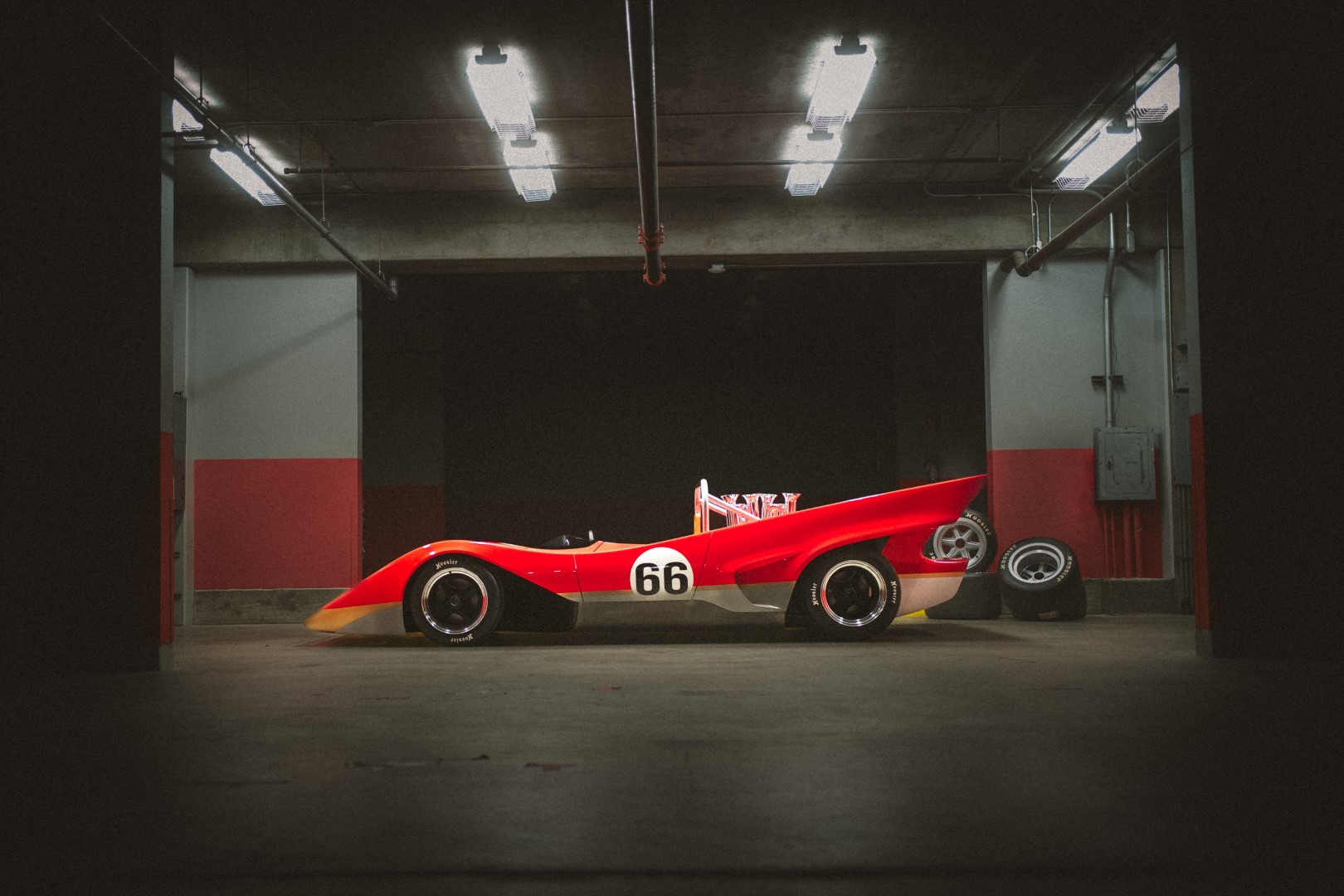
Only 10 examples of this ‘rediscovered and reimagined’ Lotus V8 will be built. It’s a total selected to commemorate the number of races the Type 66 would have competed in during the 1970 season.
The car made its public debut in a heritage-inspired livery – reflecting the red, white and gold colours Lotus raced in during the early Seventies – and which could have adorned the Type 66, alongside the all-conquering Lotus Type 72 F1 car.
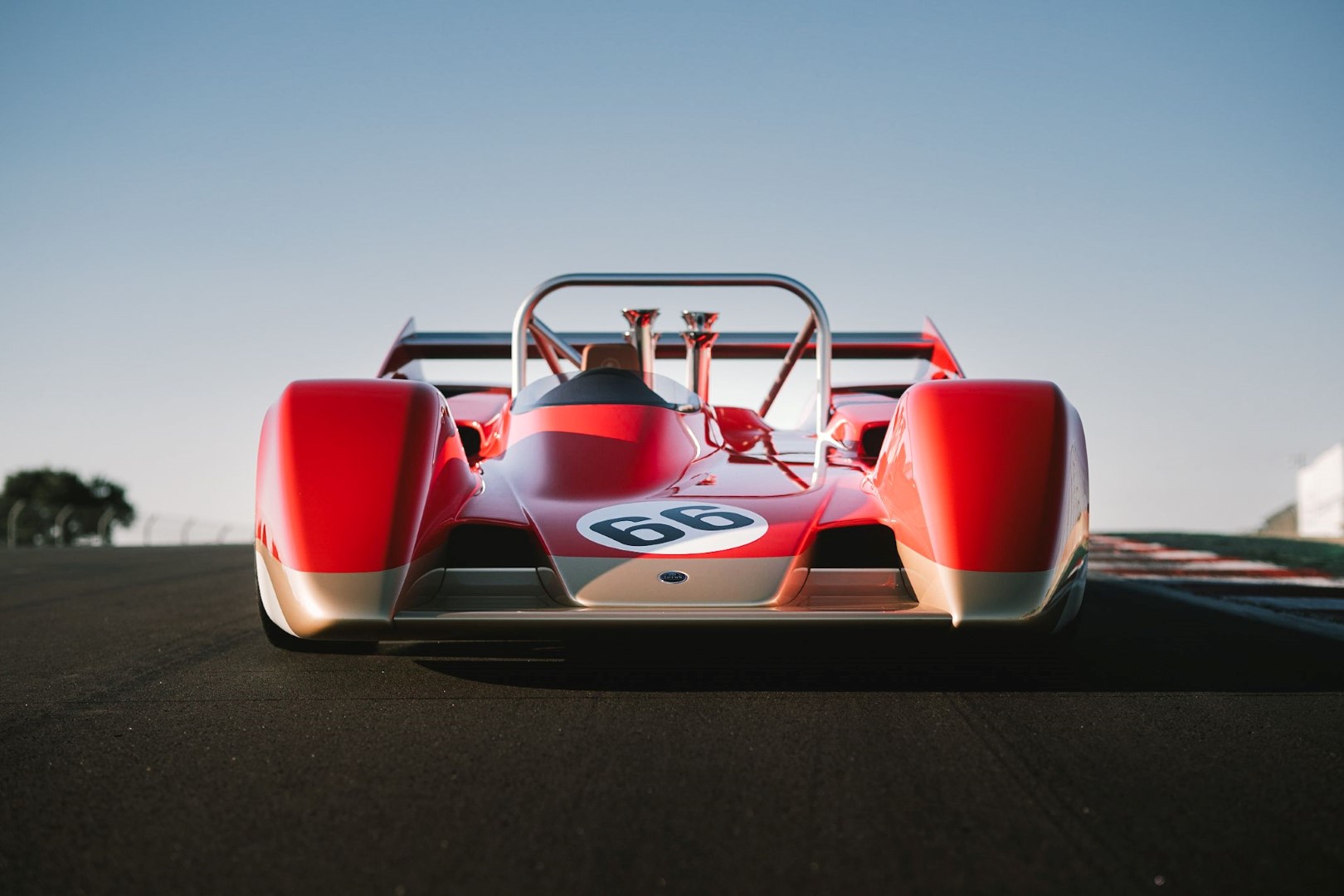
According to Lotus, the Type 66 is one of the most exclusive projects Lotus has ever undertaken and each example will cost in excess of £1million.
Among the highlights include the side-mounted radiators which helped reduce front drag, increase front downforce and channel airflow through and over the car, and the rear of the car which resembles the Le Mans endurance cars of the period.
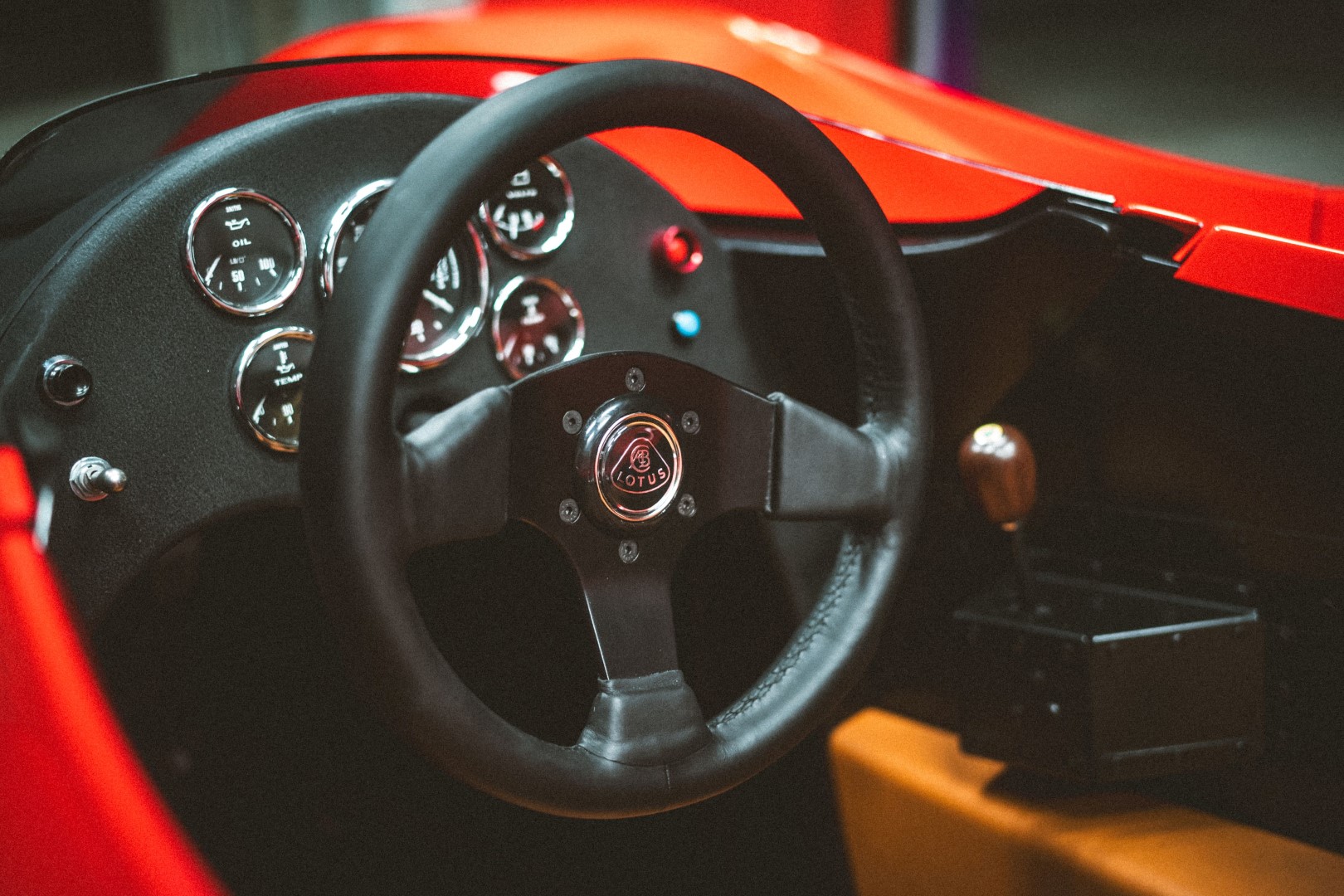
The Lotus Type 66 has benefitted from more than half a century of technical progress since it was imagined to optimise its design, engineering and manufacture. Using state-of-the-art computer software, the team led by Russell Carr, Design Director, Lotus, digitised a series of 1/4 and 1/10th scale drawings and created 3D renders to provide an entirely new perspective of the vehicle.
In order to conform to modern safety standards and to ensure 21st century driver confidence, the original designs were delicately reinterpreted. New features to the vehicle include a modernised driver compartment, inboard fuel cell, sequential transmission and anti-stall system. Everything is contained in a full carbon fibre bodyshell.
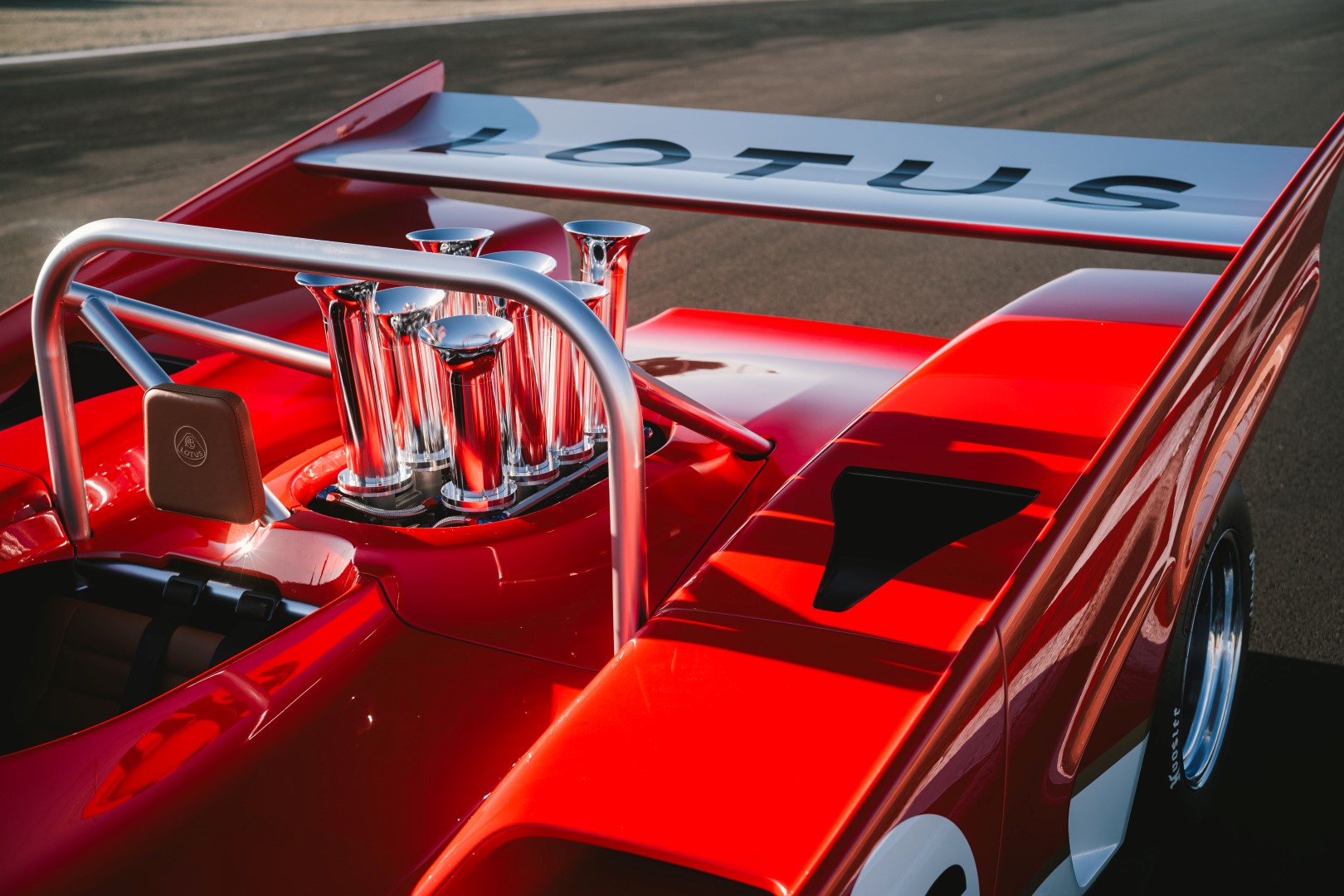
The front wing was designed to channel air from the front of the car, through and underneath the rear wings, generating more downforce than the vehicle’s total weight at full speed. This sense of porosity, where air travels through a vehicle, rather than around it, remains a signature element of Lotus vehicle design today and is seen on the Emira sports car, Eletre SUV and Evija hypercar.
Lotus also revealed that more than 1,000 hours of Computational Fluid Dynamics (CFD) work has gone into the Type 66, resulting in downforce in excess of 800kg at 150mph.
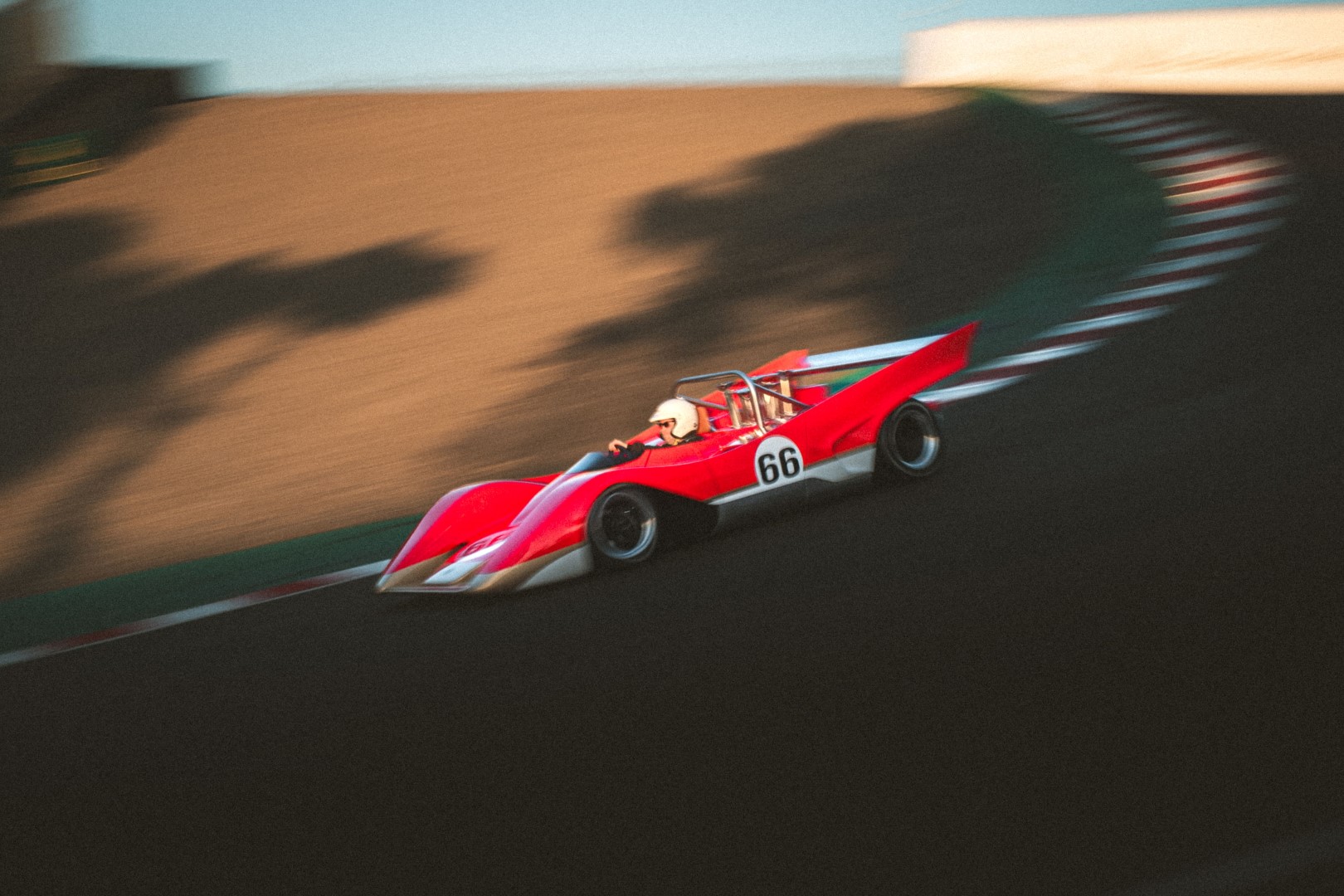
Advanced ‘driver-in-the-loop’ technology has also been used to test how the vehicle would perform on race tracks around the globe, such as Laguna Seca, Silverstone, Fuji and Spa.
Thanks to modern-day engineering and ingenuity, the Type 66 now matches the dynamic performance and lap times of a modern GT3 race car. On some circuits, such as Laguna Seca, simulator work suggests it could actually be quicker.
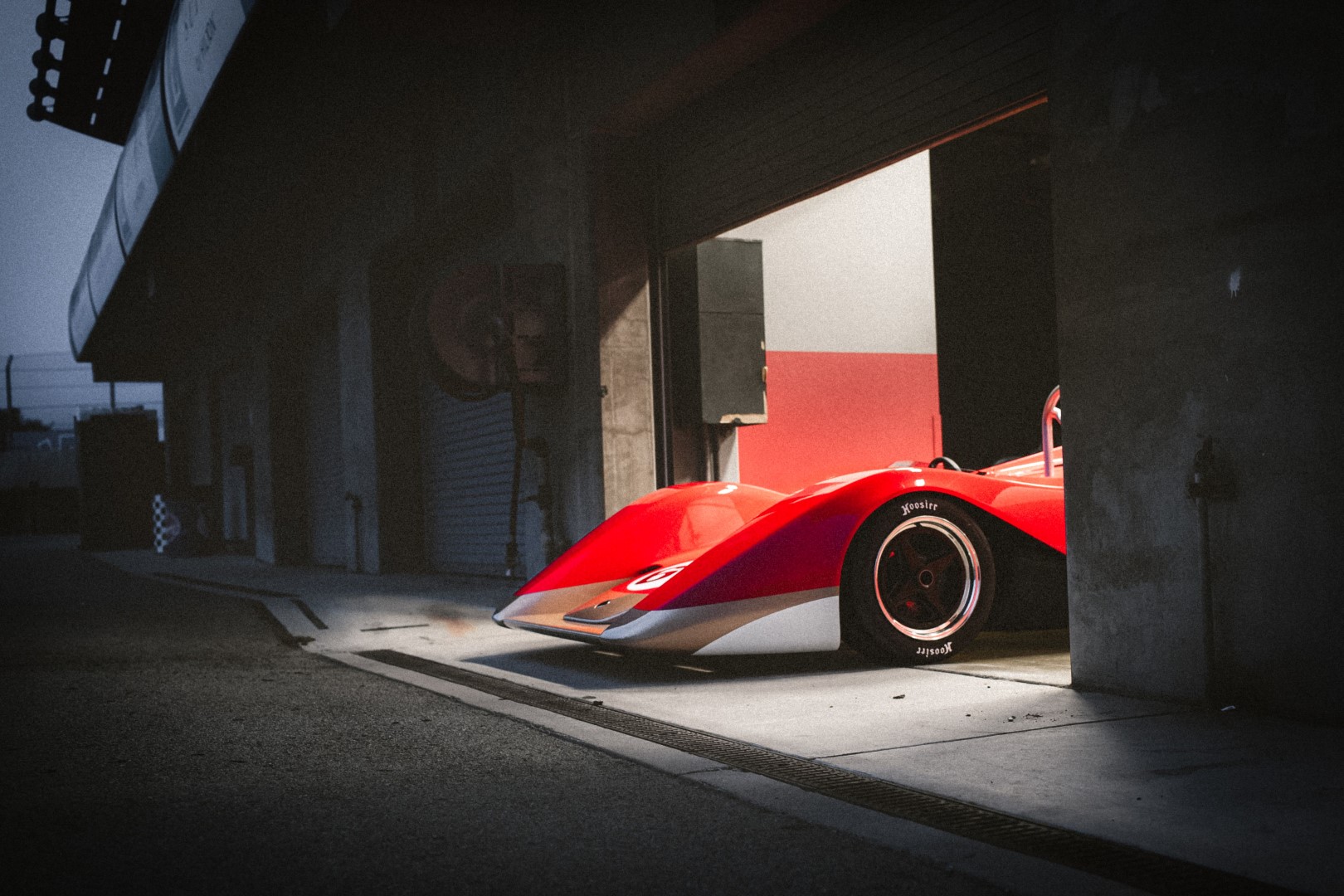
At the heart of the Type 66 is a period-representative V8 push-rod engine which is mid-mounted for optimised handling, tuned by Lotus to produce more than 830bhp at 8,800rpm.
Bespoke modern-day components include an aluminium forged crank, rod and pistons, which generate torque of more than 746 Nm at 7,400rpm*. The iconic Can-Am-inspired air intake ‘trumpets’ take centre stage at the top of the engine.
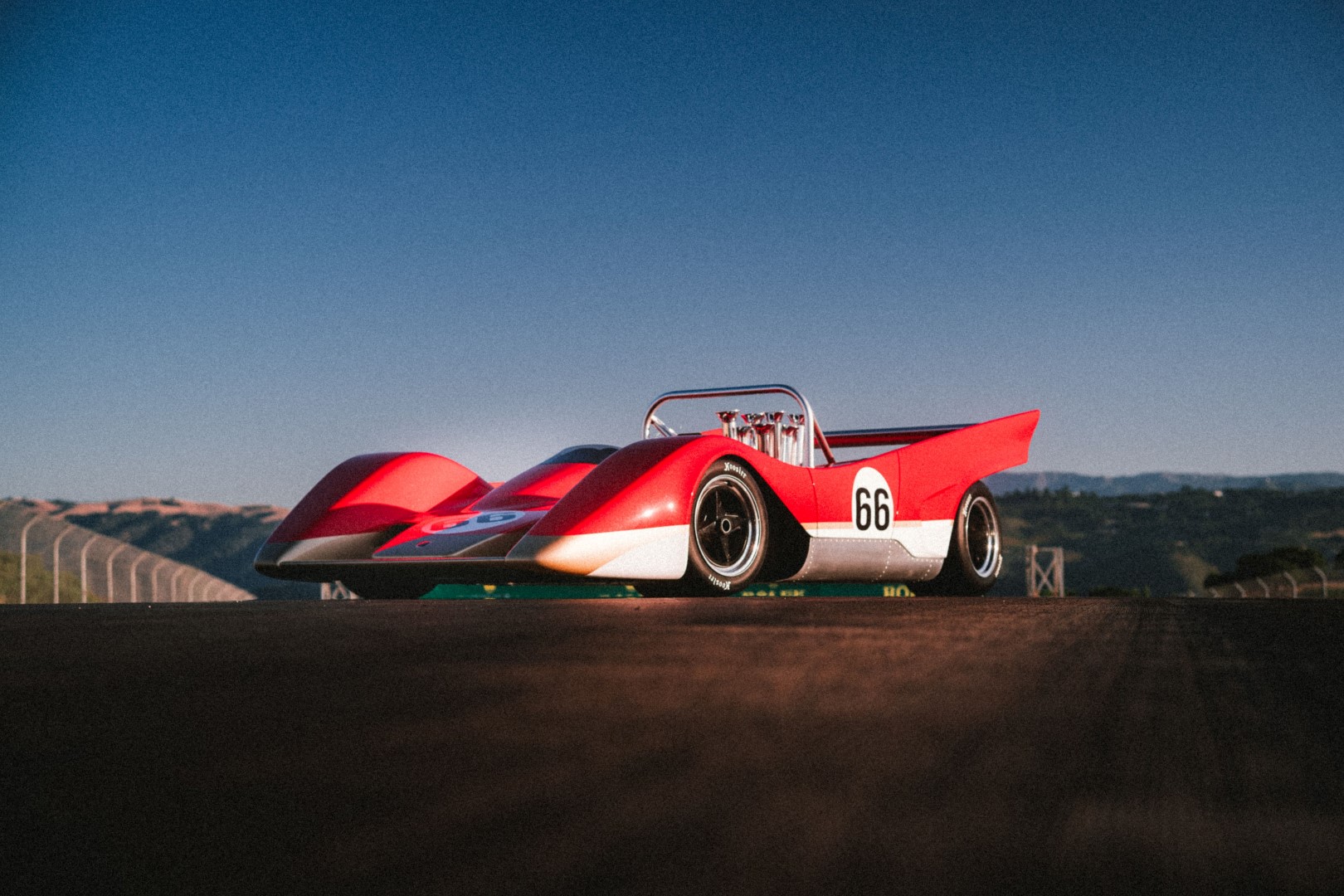
These not only smooth out the air intake to create laminar flow, but also greatly improve the volumetric efficiency, allowing for greater combustion and more power.
Last but not least, the chassis is also period-representative, with extruded aluminium sections, bonded joints and aluminium honeycomb panels adding to its authenticity.
To ensure drivers can unlock maximum performance when on track, the Type 66 features modern comforts such as an EPASS motorsport power steering column, a sequential racing gearbox with reverse, a race ABS braking system, an anti-stall multi-plate clutch and a fixed rollover bar.


